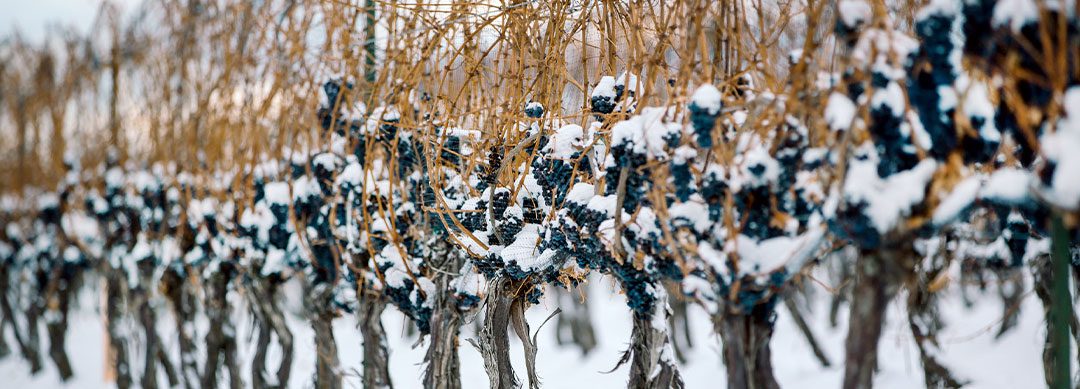Canadian Ice Wine is increasingly appreciated by Brazilians looking for differentiated products in the beverage segment
By Sérgio Siscaro
During the Canada Day CCBC Online Festival, an initiative of the Chamber of Commerce Brazil Canada (CCBC) that presented more than 200 contents of various subjects related to Canada in early July, participants were able to learn a little more about the renowned Canadian Icewine. Created at the end of the 18th century in Germany as Eiswein, Icewine is a dessert wine that is distinguished due to being produced with frozen grapes still on the vine – which allows for a greater concentration of sugars. Due to the need to be produced in regions with temperatures ranging from -8ºC to -10ºC, the Icewine produced in the Canadian province of Ontario is one of the most renowned in the world.
According to the director of public relations, marketing and tourism at VQA Wines of Ontario and Wine Contry Ontario and the Wine Marketing Association of Ontario, Magdalena Kaiser, there are currently about 40 Icewine producers in Ontario. It is worth remembering that VQA is the entity responsible for the administration and application in the province of Ontario of the Vintners Quality Alliance, or VQA, which governs the system of origin of wines produced in the region.
In her participation in the CCBC festival, Magdalena reported that around 180 wineries in the region, with 40 of them annually producing 900,000 (on average) liters of the drink – or 95% of all production in Canada. The main varieties of Icewine in the region are Vidal, Riesling and Cabernet Franc.
Wine conquers space
By combining qualities such as its unconventional production process and distinctive taste, Canadian Icewine becomes especially attractive to the Brazilian consumer. One of the main reasons is the fact that Brazil, being a tropical country, does not offer the right climatic conditions for the production of Icewine; the only attempt in this direction was made in 2009 by Vinícola Pericó, in São Joaquim (SC).
Another factor is the outstanding positive reputation that Canadian Icewine has in the international market. This perception is in line with the need that has been demonstrated by Brazilian consumers of classes A and B, who have been demanding premium products of high quality.
Little affected by the Brazilian economic instability in recent years, consumers belonging to these groups have sought new experiences in terms of beverages, favoring the import of higher value products. According to the study Wine in Brazil: Market Opportunities, produced by CCBC, the consumer public belonging to classes A and B currently corresponds to 10% of the country’s population, or 21 million people.
In addition, wine has been perceived by this range of consumers, in more mature markets, as an aspirational and cultural product – that is, the exclusive product and the unique experience are privileged to the detriment of the drink that is simply of good quality and low price.
Consumption on the rise
The potential of this market is related to the consistent expansion of wine consumption in Brazil. Despite still representing only 2% of the total consumption of beverages in terms of volume, in July 2019, the country already occupied the 26th position among the largest wine markets in the world. This placement, made possible by the existence of 32 million habitual drinkers in Brazil, was pointed out in a survey by the British consultancy Wine Intelligence.
Updated data for January 2020 confirm this trend: the country showed an 8.3% increase in wine imports between 2014 and 2019. Brazil has seen the emergence, in the last year alone, of a contingent of 6 million new consumers – thus bringing the total to 38 million people.
This expansion is expected to remain strong in the coming years. Projections by the Euromonitor International consultancy point to a 3.9% growth in wine consumption in Brazil between 2019 (330.4 million liters) and 2024 (when it is estimated a volume of 399.4 million liters).
The existence of a strong market in Brazil for wine in general, combined with the growing need of classes A and B for differentiated products, makes Canadian Icewine the ideal option for demanding consumers.





